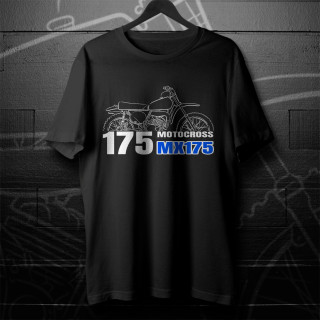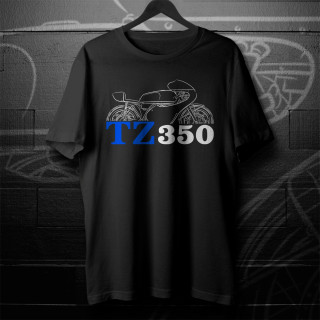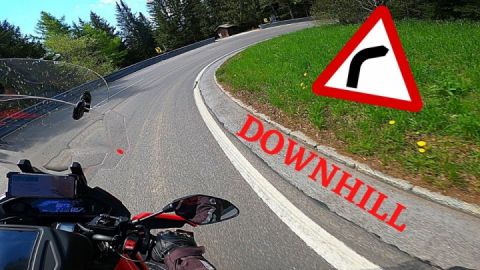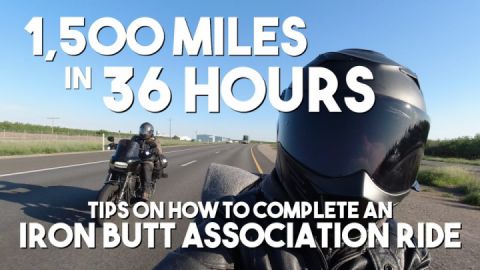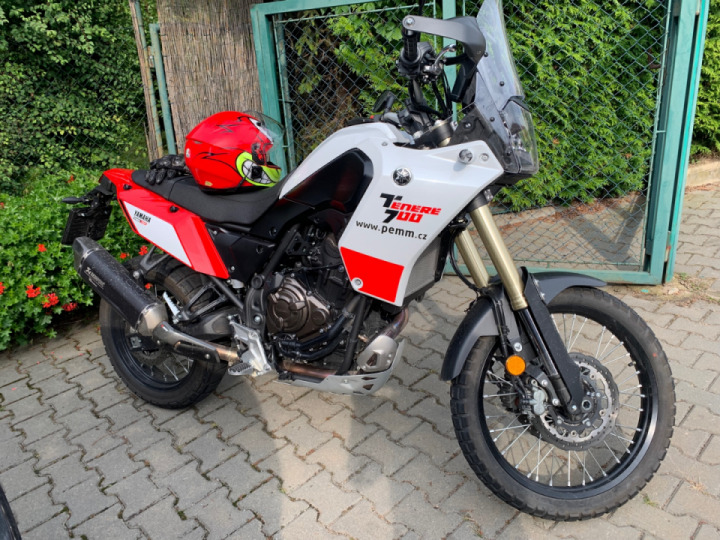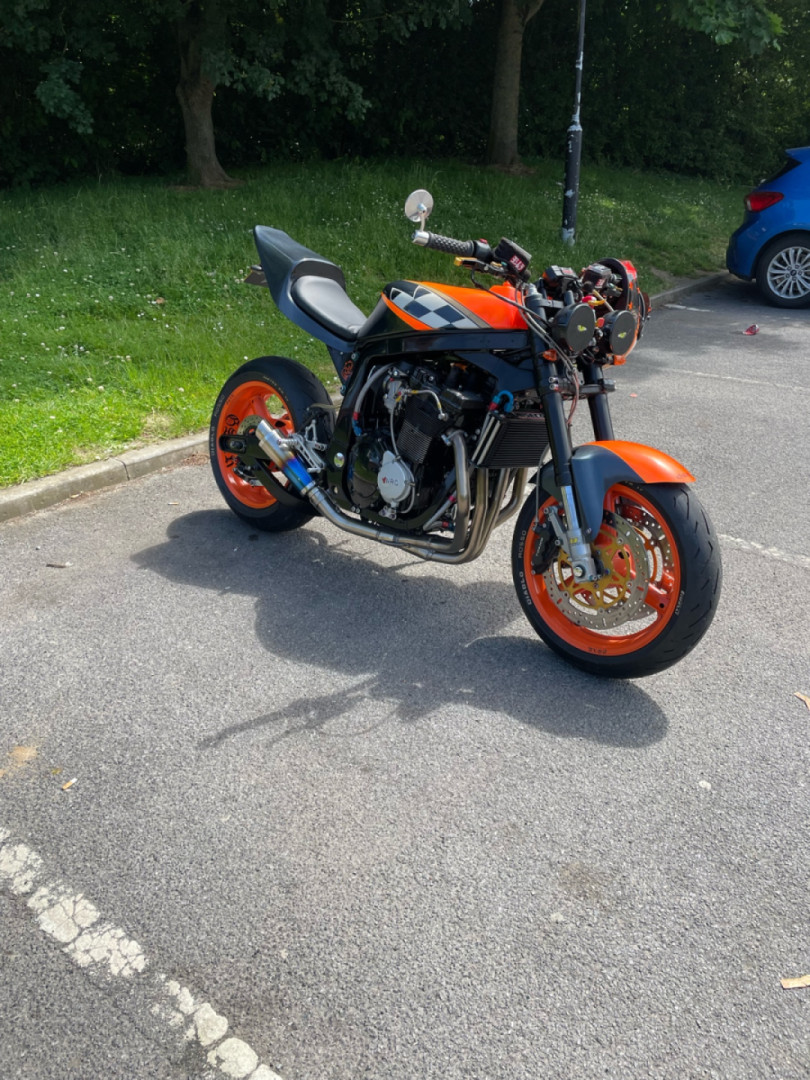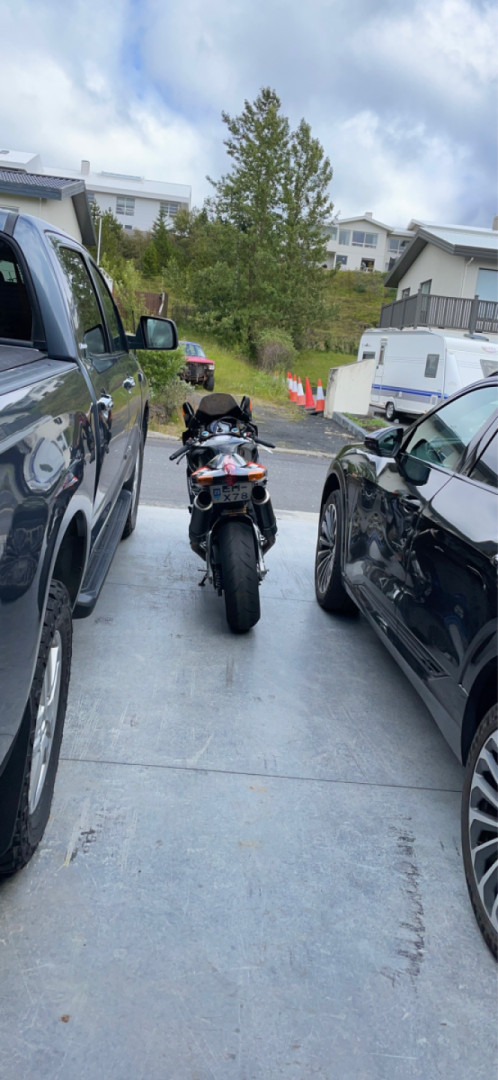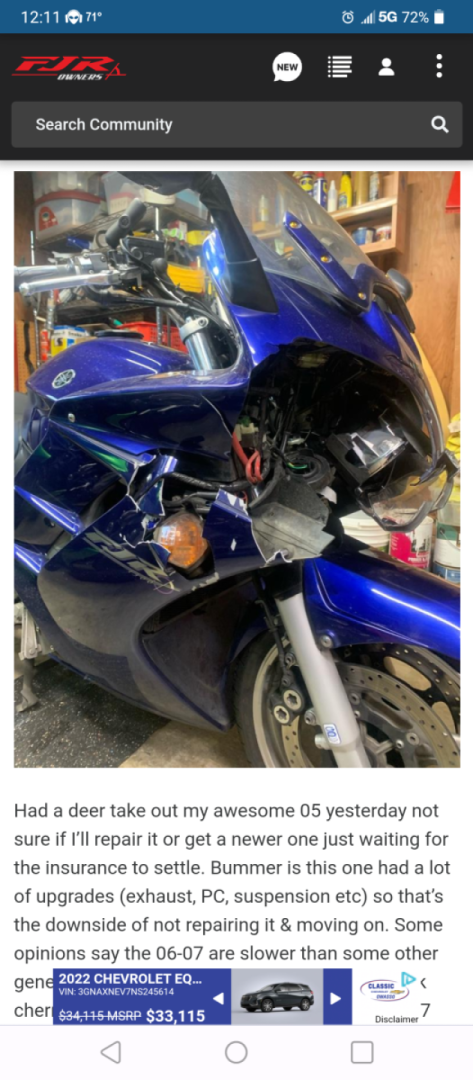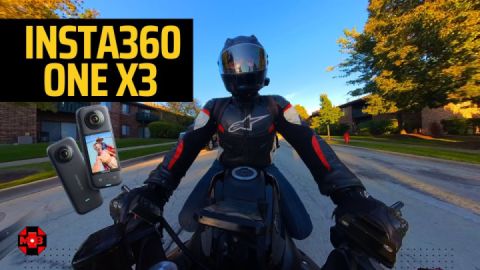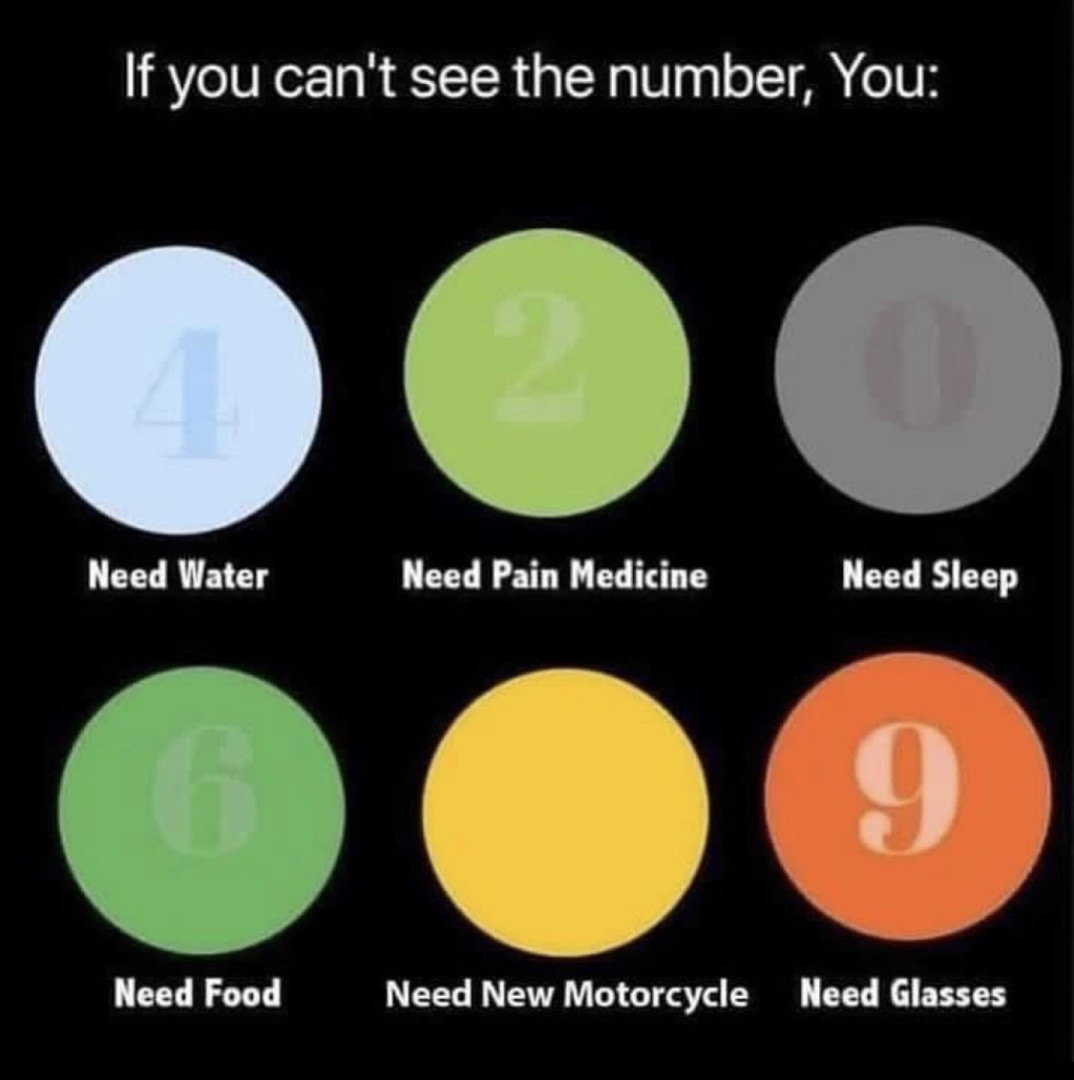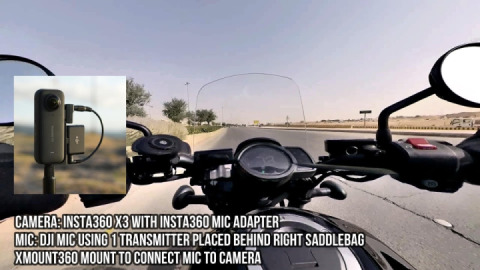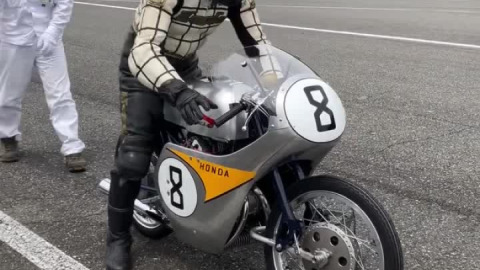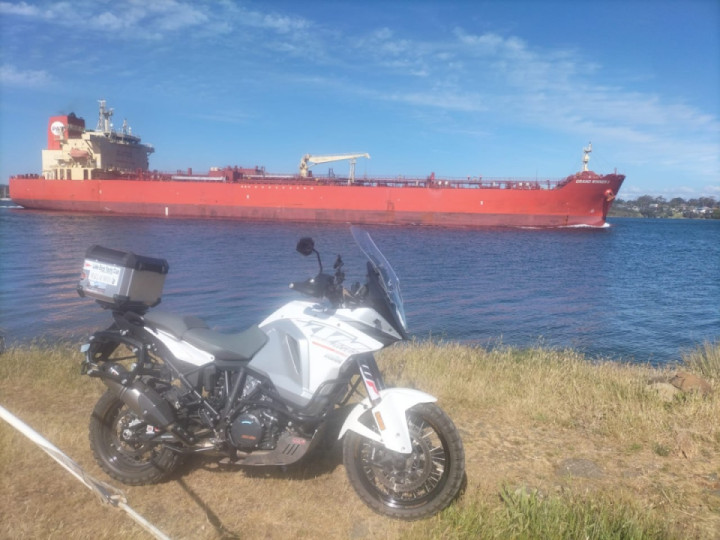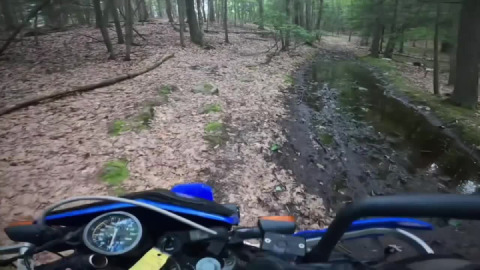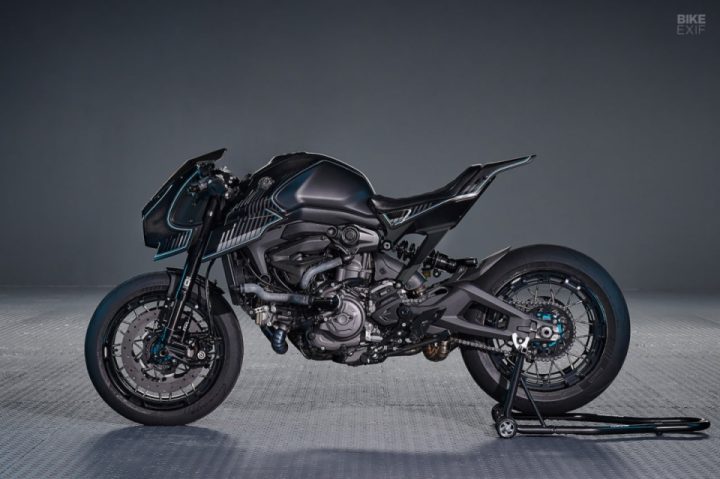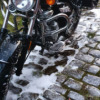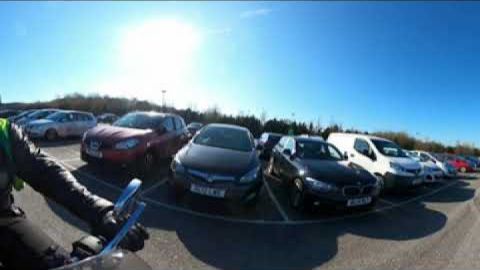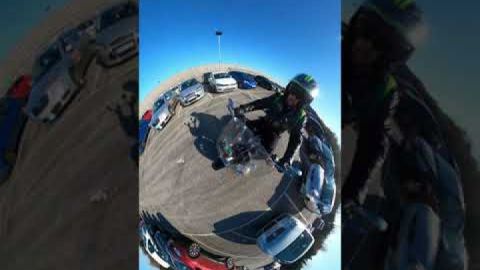Britain’s Department for Transport is working up a plan to put “noise cameras” in several cities to measure noise levels, an expansion on their original noise patrol experiment that included a single sensor package that traveled around Britain.
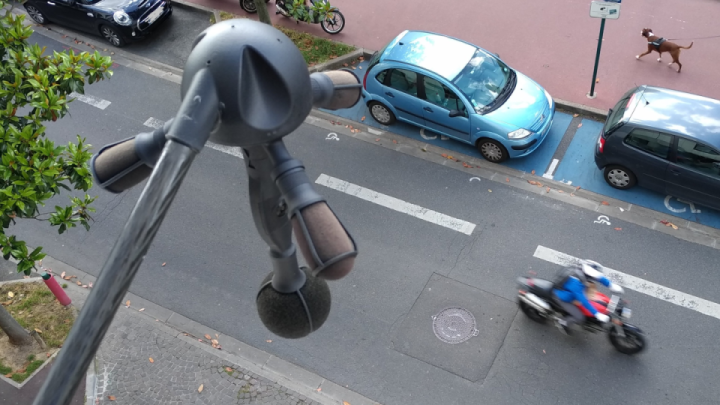
The expansion is part of an effort to measure and quantify the effects of noise pollution, with vehicle noise coming in as a prime generator of complaints. The DfT, Britain’s equivalent of the DOT in the U.S., will place sensor packages in Bradford, Bristol, Gt. Yarmouth and Birmingham, according to Motorcycle News. The DfT says noise issues are causing the equivalent of 10 billion Pounds in “lost productivity from sleep disturbance and health costs.”
While loud cars and bikes (and trucks, er… & lorries) will of course be of much interest to the local police, the program—at this point—doesn’t automatically issue a ticket when the beat from a 73 Norton on the gas goes over the 85db limit for motorcycles (which is fairly loud). Instead, a recording and photo of the vehicle will be sent for consideration before a citation is issued. Repeat offenders will likely get additional attention. And consideration will be given for the age of the vehicle, since noise regs change over time.
Indeed, motorcycles may get a bit of a pass overall. MCN opined that the program may have been targeting loud bikes, but the results of one test said otherwise.&
During a 12-day trial in two locations in late 2019, Atkins-Jacobs’ prototype noise cameras were passed by 61,843 vehicles. Of those, 870 noisy vehicles were identified via ANPR, and just four of them were bikes, despite one of the camera sites – on the A32 at West Meon, Hampshire – being specifically chosen due to a nearby weekly bike meet at Loomies Moto Café. As a result, the system’s abilities in motorcycle detection were listed as “limited but resolvable” and no robust conclusions about noise camera effectiveness in detecting bikes could be drawn.
The burble and bark of a well-tuned performance machine is, for many of us, an audible delight, and it would be easy to dismiss this move by the DfT as just more Big Brother-type societal control. But we also understand the frustration, especially when a vehicle making noise just for the sake of making noise, rolls by at 2 a.m. and wakes you, your partner, your dog and the baby up. How much vehicle noise is too much? Is this the way for the state to manage such a problem? Let us know your thoughts in comments.





